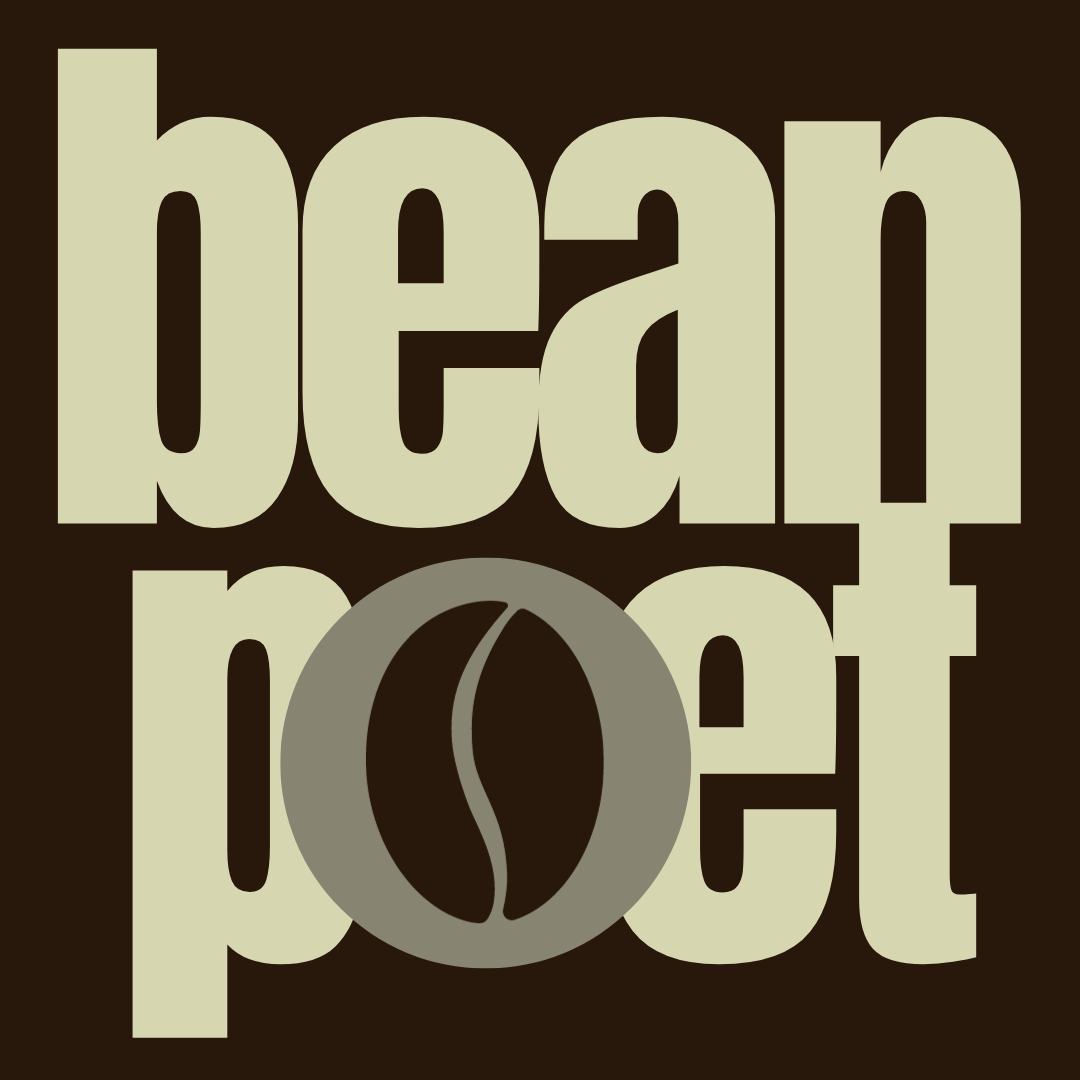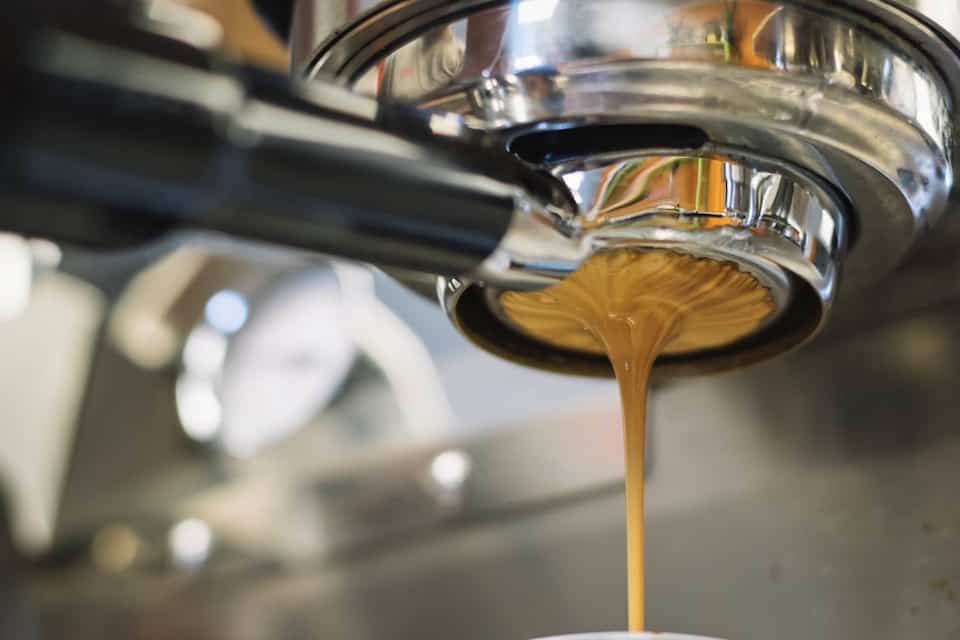Just so you know, as an Amazon Associate we earn from qualifying purchases made via bold red links, buttons or images.
Last Updated on October 27, 2024
Choosing what kind of portafilter to use in your espresso machine involves more than just matching diameter and picking a basket size. The bottomless portafilter, or naked portafilter, is one tool that has become the darling of many professional and home baristas. Making the choice between a bottomless portafilter vs. regular comes down to preference and exactly what you’re trying to get out of your coffee setup.
The craft of espresso involves an endless selection of variables through which you can adjust and customize your experience. This hands-on quality attracts many baristas in the first place, and how much or little you want to control different parts of the process is a big factor in choosing equipment.
What is a bottomless portafilter?
A portafilter is “bottomless” when its underside is open. You can either purchase a ready-made bottomless portafilter, or modify a regular portafilter. Here, we’ll examine how this variation impacts the preparation of espresso and why you might consider adding one to your coffee prep toolbox.
On a regular portafilter, the bottom of the basket is enclosed by a solid bottom with spouts, which allow the espresso to flow into the cup.
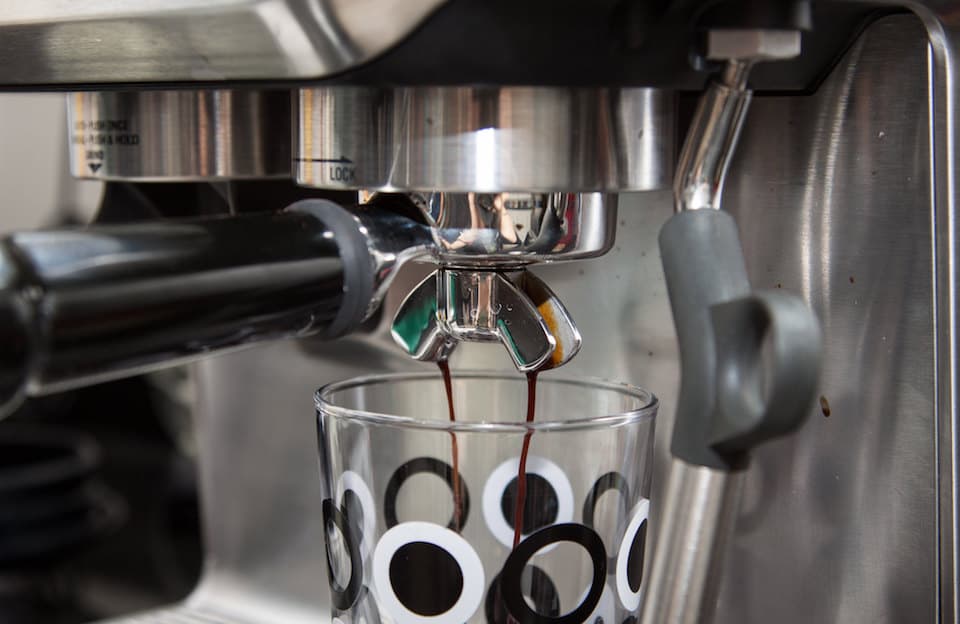
A bottomless or “naked” portafilter is open, exposing the bottom of the basket. With no basket installed, it just looks like a sturdy metal ring with a handle. When pulling a shot, the espresso flows through the puck and ideally collects into a straight, centered column of liquid that descends directly from the basket into the serving vessel.
Bottomless extraction on my Rocket Giotto
byu/MorenoM5 inespresso
Bottomless portafilter benefits
Improve espresso technique
The primary reason to invest in a bottomless portafilter is its value as a learning tool. It gives you a full, unobstructed view of the transformation of water and ground coffee into velvety, delicious espresso. By exposing the extraction process to you, it allows you to make adjustments with less guesswork.
Here the folks at Clive Coffee show you how you can learn from this:
Seeing how the espresso flows out of the basket makes it much easier to identify flaws in extraction. Well-extracted espresso should be a medium mahogany colour. Espresso “tiger striping” is a good sign—it’s an alternating pattern of light and dark espresso on the underside of the filter basket during extraction. The espresso should collect along the bottom of the basket into the centre, and then flow down in a compact column. The texture should be viscous and silky, and you shouldn’t see espresso trying to escape from other areas of the basket or displaying major variations of colour in one spot.
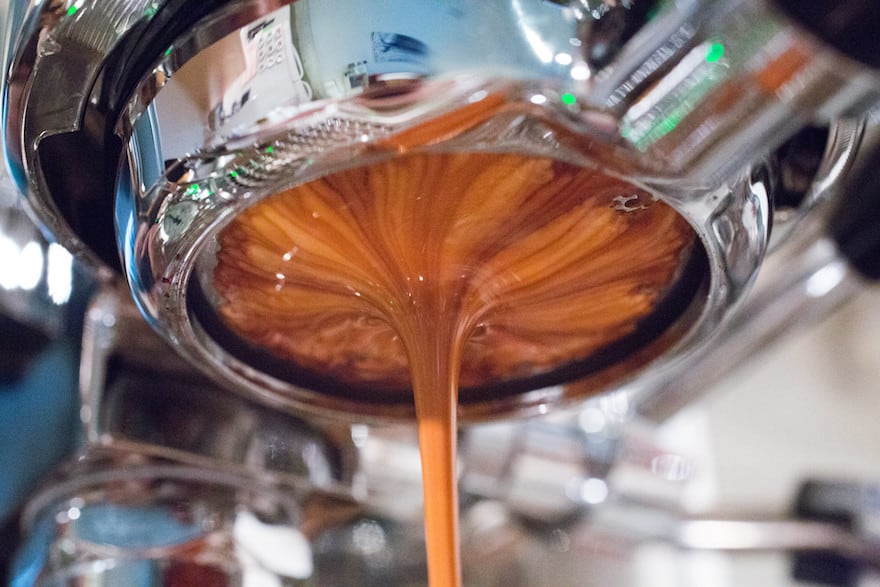
If multiple streams develop or the stream collects to one side, that indicates the water is concentrating in channels through the espresso puck. This leads to uneven extraction. Espresso overextraction produces bitter coffee, while underextraction produces bland, watery coffee. Either way, it detracts from the flavour of the finished cup.
Usually, channeling is caused by a grind that is inconsistent or the wrong size, an inappropriate coffee dose, an uneven tamp or uneven distribution of grounds. In rare cases, it could indicate that the water is not evenly flowing from your machine. The spout of a regular portafilter conceals all these visual indicators of flaws, and makes them more difficult to diagnose.
Enjoy the view
Another reason many baristas love using a bottomless portafilter is that watching a well-pulled shot of espresso develop is absolutely beautiful. It’s a satisfying way to see your hard work pay off and an impressive demonstration of what great espresso looks like.
Streamline cleanup
Cleaning a bottomless portafilter is easier. It has virtually no nooks and crannies that need a brush wiggled in, and there’s considerably less surface area for buildup to cling to. Not only will you spend less time scouring your equipment, but you don’t have to worry about buildup impacting the flavour of your espresso.
Bottomless portafilter disadvantages
While the bottomless portafilter has compelling upsides vs. regular, it’s not an all-purpose solution for everyone. Bottomless portafilters aren’t available pre-made for all machines, and the exposure that makes them so good for learning is less forgiving to baristas who are just starting out. The open format means coffee spraying from an uneven puck can make a big mess, and the lack of spouts means it’s not a double shot portafilter that can automatically split between two cups.
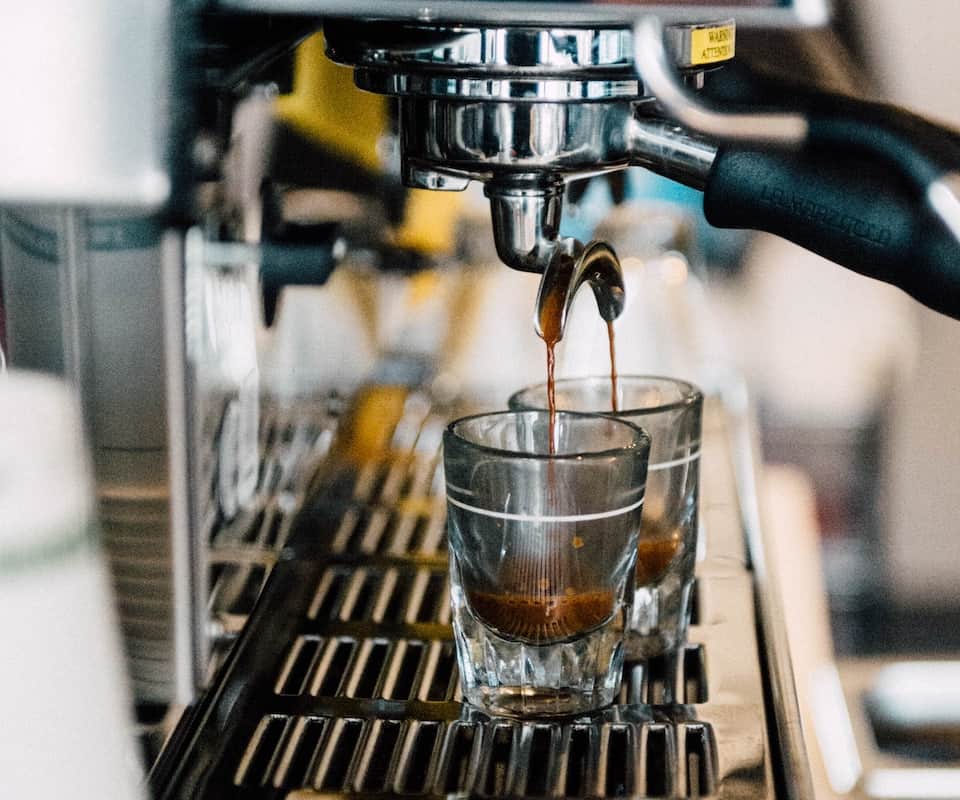
Since the espresso is contacting less surface between cup and extraction, the crema can develop differently. This can give espresso out of a bottomless portafilter a different mouthfeel. While this isn’t a flaw in the espresso, some people find that more condensed crema from a regular portafilter appeals to them.
Where to buy a bottomless portafilter
If you want to add a bottomless portafilter to your barista gear, the first thing to determine is whether one exists for your machine. Check with your manufacturer first, making sure to match the diameter of your model because portafilter sizes differ, even from a single manufacturer. Finding quality espresso equipment in the wild can be challenging, but a call to good cafés or roasters in your area, or a high-end kitchen store, is worth a try.
If you strike out locally, there are many sources online. Rancilio makes portafilters that will fit their machines and most other E61 groupheads. La Marzocco is another professional-grade brand that makes portafilters in multiple sizes. Naked Portafilter specializes in just that, and their portafilters are compatible with Olympia, La Pavoni, and a few other machines. Always check the compatibility with your machine!
Bottomless portafilter DIY
The other option for getting a bottomless portafilter is to make one yourself by modifying a standard version. The process takes some elbow grease and tools suitable for cutting, grinding, and polishing stainless steel. If you’re set up and want to dive in, remember to take safety precautions and enjoy creating your bespoke espresso part!
The basic steps of this modification are straightforward:
- Take a regular portafilter that will fit your machine
- Cut the bottom out
- Finish the edges
It’s easiest to use a hole saw, which will centre your cut and give you a round, symmetrical circle.
Another method is to punch a ring of holes around the outside of the base with a drill and then connect them with a cutting bit before grinding out the irregularities
Once the bottom of the portafilter is removed, use a grinding stone to smooth out the edges. Make sure there are no sharp parts left, because you’ll be at risk of cutting yourself or damaging the surface you tamp on.
A final polish will make your new bottomless portafilter look and feel professional.
Check out Home Barista’s in-depth photo tutorial, with links at the bottom for other techniques.
Bottomless portafilter vs. regular: Which is right for you?
Whether you’re challenging yourself to take your espresso to new heights or you love watching that heavenly golden liquid pool in your favourite cup, a bottomless portafilter is a great addition to your gear. The visual it provides is one more way to enjoy the craft of making espresso or change up your morning routine. Exposing the process with a bottomless portafilter offers both new and experienced baristas valuable insight into their technique, which just can’t be obtained from a regular portafilter.
And remember, no matter what kind of portafilter you use, find the right coffee for it.
